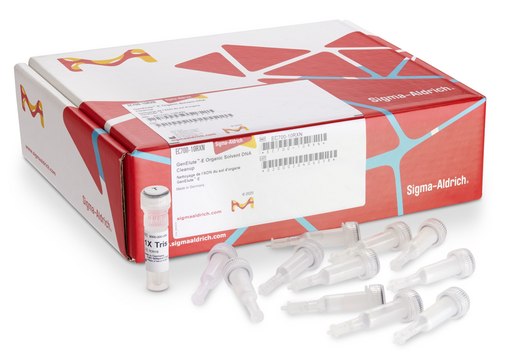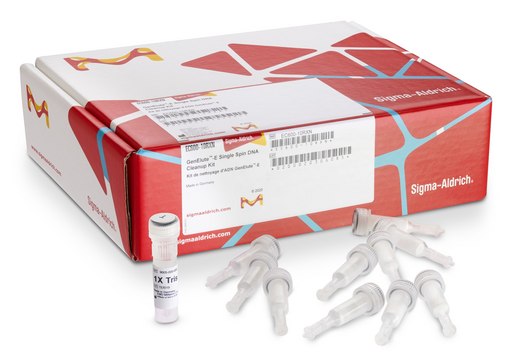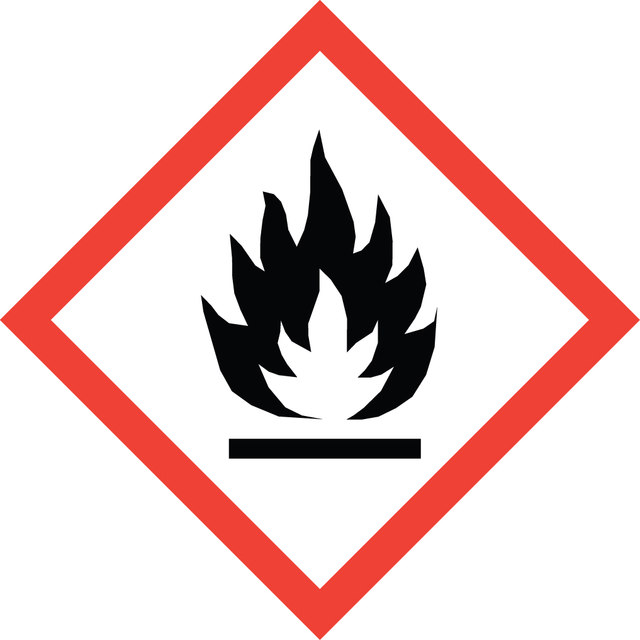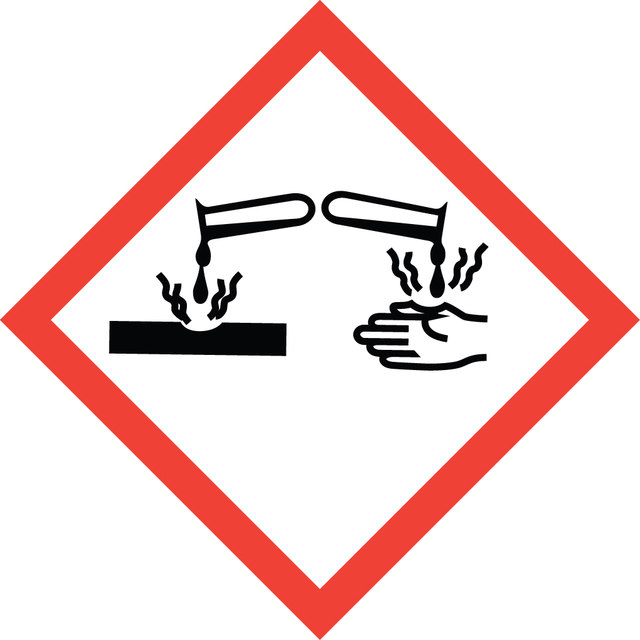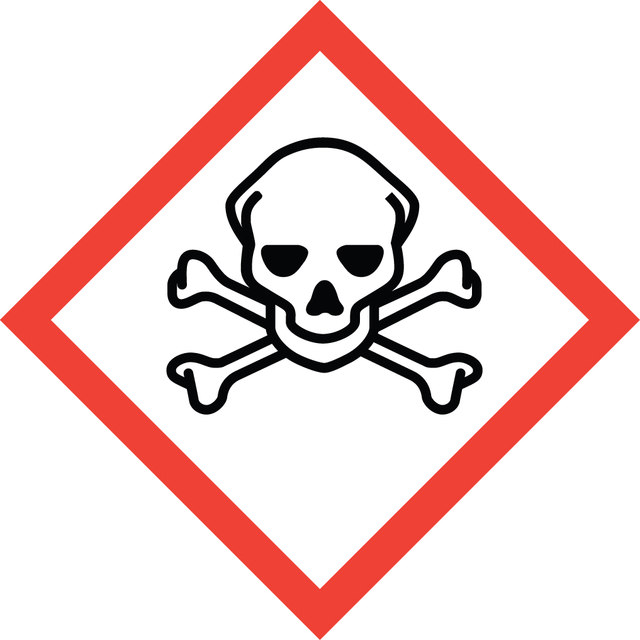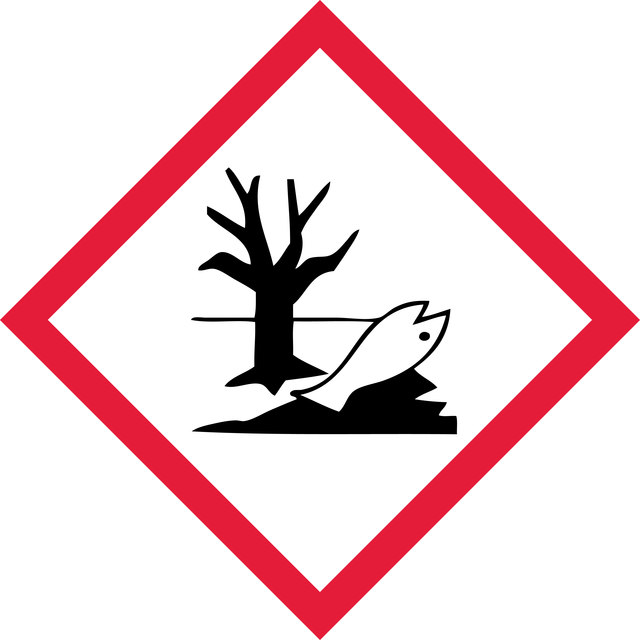1.07222
Peracetic acid
about 38-40%
Synonym(s):
Ethaneperoxoic acid, Peroxyacetic acid
About This Item
1 of 4
This Item | EC700 | EC600 | EC300 |
|---|---|---|---|
| storage temp. room temp | storage temp. room temp | storage temp. room temp | storage temp. - |
| purified by (Single-spin negative chromotography) | purified by (Single-spin negative chromotography), (Time: 3 minutes or less) | purified by (Single-spin negative chromotography), (Time: 3 minutes or less) | purified by (Single-spin negative chromotography), (Time: 45 minutes or less) |
| feature Compatible Application (Suitable for most common downstream applications, including RT-PCR, gene expression, and NGS) | feature Compatible Application (Suitable for most common downstream applications, including genotyping, PCR, and NGS), Intended use (For the removal of organic solvent traces from DNA solutions), Typical/expected yield (Varies by sample. Please reference user guide for more information.) | feature Compatible Application (Suitable for most common downstream applications, including genotyping, PCR, and NGS), Intended use (For depletion of impurities and partial fractions (<50 bp) from DNA solutions), Typical/expected yield (Varies by sample. Please reference user guide for more information.) | feature Compatible Application (Suitable for most common downstream applications, including genotyping, PCR, and NGS), Intended use (For the purificiation of genomic DNA from human or animal tissue), Typical/expected yield (Varies by sample. Please reference user guide for more information.) |
| greener alternative product characteristics Waste Prevention | greener alternative product characteristics Waste Prevention | greener alternative product characteristics Waste Prevention | greener alternative product characteristics Waste Prevention |
| sustainability Greener Alternative Product | sustainability Greener Alternative Product | sustainability Greener Alternative Product | sustainability Greener Alternative Product |
| greener alternative category | greener alternative category , Aligned | greener alternative category | greener alternative category |
Application
- Development of the radiosynthesis of high-specific-activity 123I-NKJ64.: This study by Tavares et al. (2011) presents the development and optimization of the radiosynthesis of high-specific-activity 123I-NKJ64, a compound used in nuclear medicine. The synthesis process involved the use of 38% peracetic acid as a key reagent to achieve the desired radioisotope incorporation and purity. This research highlights the importance of peracetic acid in the production of radiopharmaceuticals, demonstrating its role in enhancing the efficiency and effectiveness of radiosynthetic procedures (Tavares et al., 2011).
Analysis Note
Date of expiry: see product label
Disclaimer
Signal Word
Danger
Hazard Statements
Hazard Classifications
Acute Tox. 3 Oral - Aquatic Acute 1 - Aquatic Chronic 1 - Eye Dam. 1 - Org. Perox. D - Self-react. D - Skin Corr. 1 - STOT SE 3
Target Organs
Respiratory system
Storage Class Code
5.2 - Organic peroxides and self-reacting hazardous materials
WGK
WGK 2
Flash Point(F)
143.6 °F
Flash Point(C)
62 °C
Certificates of Analysis (COA)
Search for Certificates of Analysis (COA) by entering the products Lot/Batch Number. Lot and Batch Numbers can be found on a product’s label following the words ‘Lot’ or ‘Batch’.
Already Own This Product?
Find documentation for the products that you have recently purchased in the Document Library.
Our team of scientists has experience in all areas of research including Life Science, Material Science, Chemical Synthesis, Chromatography, Analytical and many others.
Contact Technical Service
